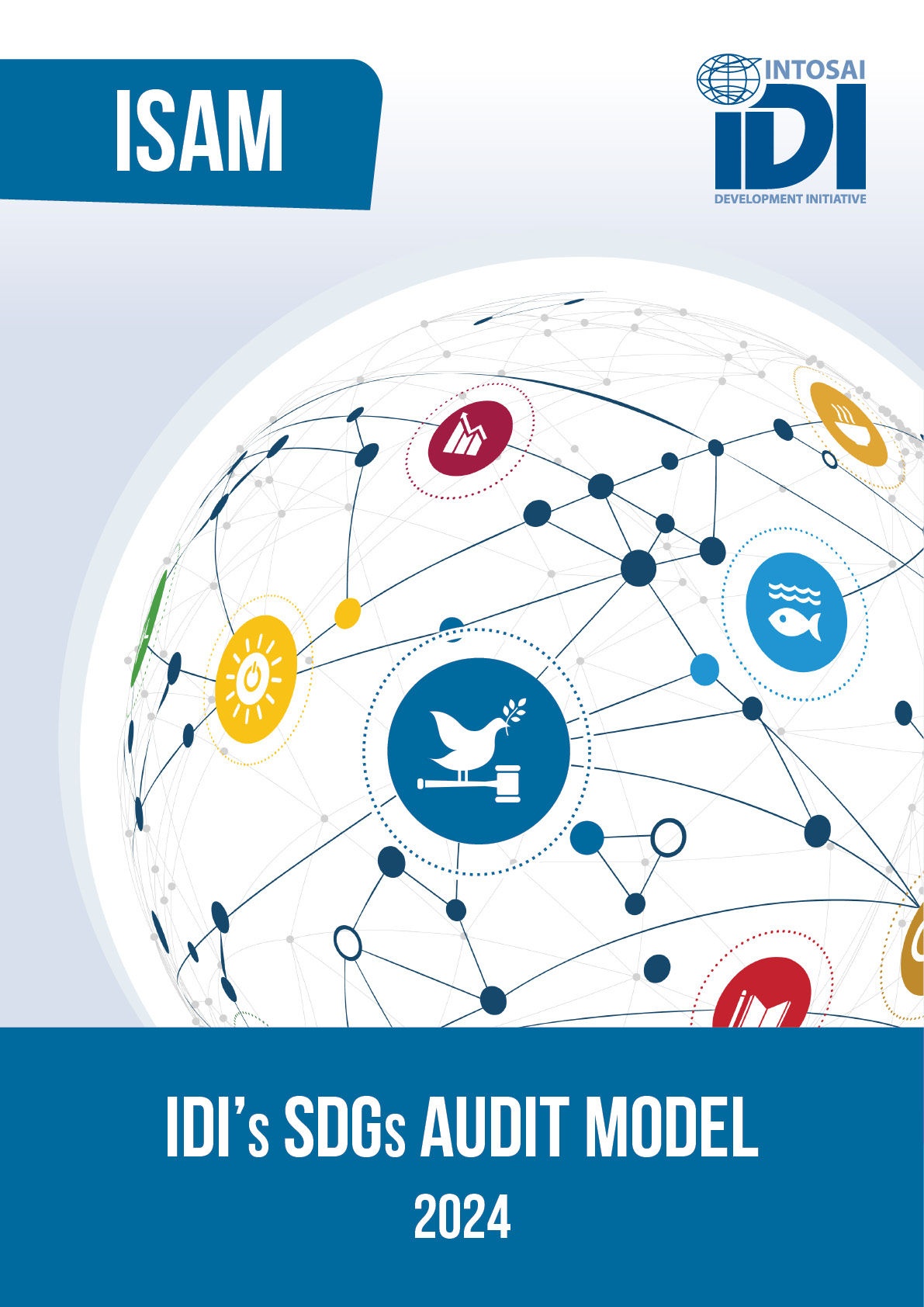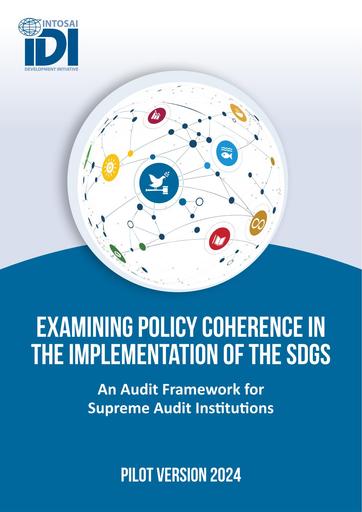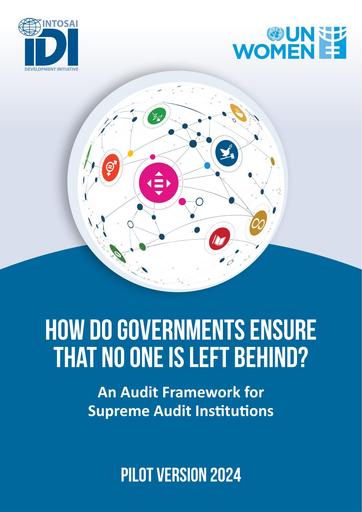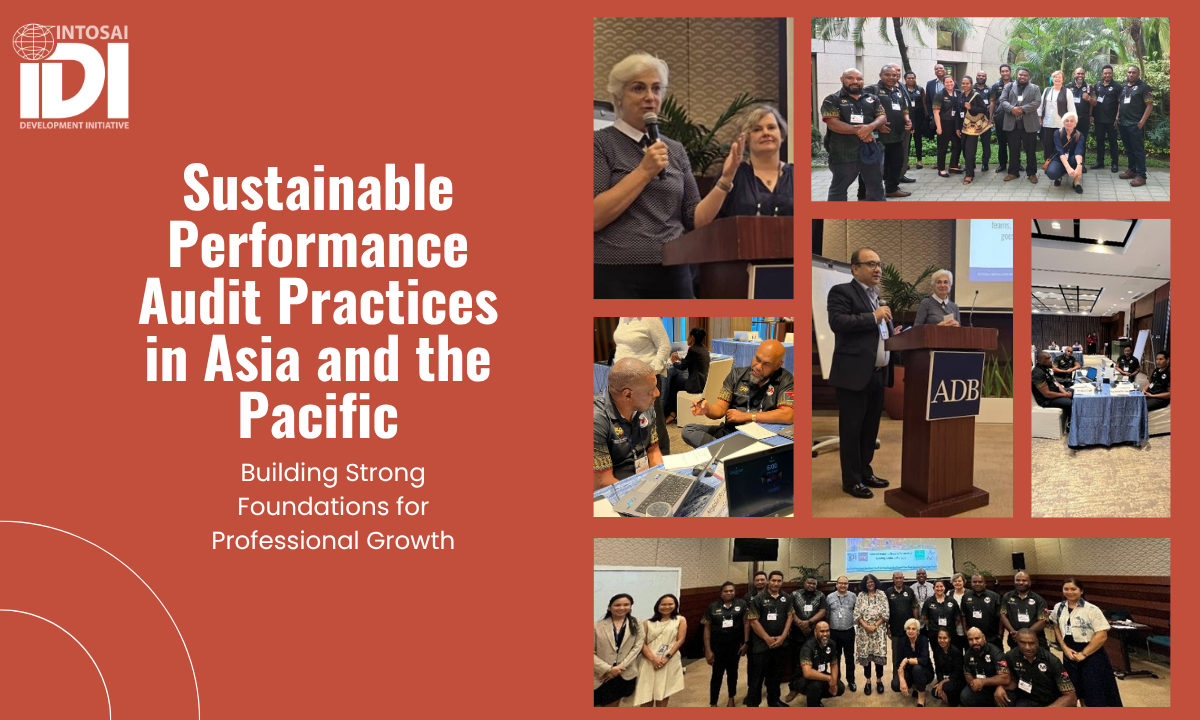SDGs – Auditing the SDGs
IDI's SDGs Audit Model (ISAM) 2024
ISAM 2024 represents a substantial update and revision of the pilot version published in 2020. It provides practical, step-by-step guidance to SAIs for auditing SDG implementation, including a revised definition of such audits and the identification of two main entry points—processes and programmes. The model emphasises policy coherence and a whole-of-government approach, while recognising the diversity of SAIs and the need for flexibility in national contexts.
The model offers guidance for conducting audits that comply with ISSAIs, enhance audit impact, and integrate multistakeholder engagement and the Leave No One Behind (LNOB) principle. It also highlights how SAIs can strategically plan for impact by embedding SDG implementation audits in their strategic and annual audit plans.

Policy Coherence Audit Framework
Policy coherence is a core element of the 2030 Agenda, reflecting the integrated and interdependent nature of the SDGs. By promoting consistency across policies, institutions, and sectors, policy coherence enhances the effectiveness of public administration and the achievement of sustainable development outcomes.
The Policy Coherence Audit Framework serves as a practical guide to help auditors evaluate policy coherence within SDG implementation audits. Aligned with ISAM 2024’s two entry points—processes and programs—it provides guidance on scoping audits, formulating audit questions, and analysing coherence across policies. The framework clarifies key concepts, identifies relevant stakeholders, and highlights examples of government actions that promote national-level policy coherence. It complements the Leave No One Behind Audit Framework and supports SAIs in conducting impactful audits of SDG implementation.

Leave No One Behind (LNOB) Framework
The principle of Leave No One Behind (LNOB) lies at the heart of the 2030 Agenda and the SDGs, aiming to ensure inclusive and equitable outcomes for all. It calls for addressing inequalities in opportunities and access through targeted public policies and programmes and the efficient use of public resources. SAI work becomes especially valuable when SAIs expose disparities in access to public services—particularly for marginalised groups such as low-income communities, ethnic minorities, and rural populations.
The LNOB Audit Framework provides practical guidance to help auditors understand and assess the implementation of the LNOB principle. Anchored in ISAM 2024’s two key entry points—processes and programs—it offers sample audit questions, methods, and tools for scoping LNOB audits. The framework also supports SAIs in integrating LNOB considerations into their strategic audit planning and in enhancing the audit impact value chain.

Additional Guidance and Publications
INTOSAI Strategic Plan 2017-2022
The Moscow Declaration from the 2019 INTOSAI Congress (INCOSAI)
United Nations Department of Economic and Social Affairs’ (UNDESA) 2018 World Public Sector Report
The Evaluation and Management Guide by the GAO
What does it mean to leave no one behind? (UNDP Discussion Paper 2018)
Principles of Effective Governance for Sustainable Development (CEPA)

